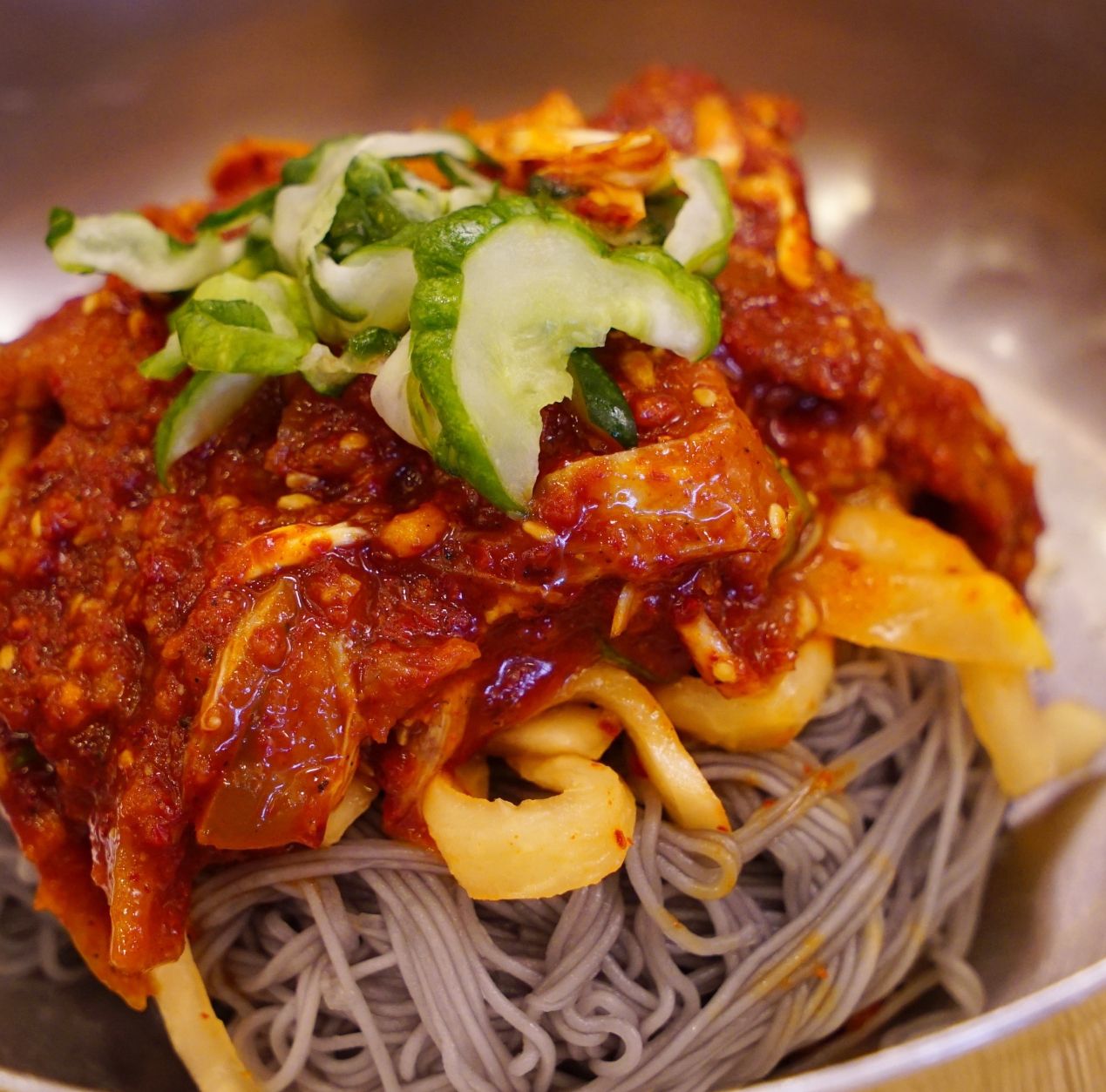All you have to do is turn on the TV to see that Koreans are obsessed with food and have high standards and loud opinions about the best way to cook or season a dish. International chefs have taken notice and started to take up shop in Seoul, adding to its already teeming and dynamic food scene. Now is the time to explore Seoul’s food, but forget barbecue and fried chicken–there’s so much more to discover in this sprawling, food—loving city. Mina Park is the founder of Sook, a project that breathes new life into Korean food traditions through workshops, collaborations and storytelling.
This story was originally published on July 3, 2018, and updated on October 12, 2021. Additional reporting by Dudi Aureus.
Most of us have survived the last two years binge-watching Korean dramas to escape our reality of being not being able to travel. It was during this period when we fell in love with Korean fried chicken, learned how to drink soju the Somaek way (mixed with beer), and even dabbled in the kitchen to create our own version of Dalgona coffee.
With the recent announcement that travel to South Korea will be possible from November 15 through the Vaccinated Travel Lane (VTL), it was no surprise that the demand for South Korean flights surged as many of us hope to spend our holidays there.
If you are one of the lucky few to get your hands on those precious plane tickets, it is time to start planning your travel itinerary. While you're at it, do include this list of dining places recommended by Sook founder Mina Park for a real taste of Seoul.
1. Tartine

Cult favourite Tartine Bakery of San Francisco chose Seoul for its first expansion outside of the U.S. and, in January 2018, its first Seoul location in the quietly chic neighbourhood of Hannam-dong opened to endless queues. In the lofty Hannam-dong space, you’ll find Tartine classics such as their morning buns and country bread as well as locally-inspired items such as Jeju tangerine juice and the Hannam multigrain loaf made with Korean fermented rice wine, makgeolli. Recently, the design-orientated Ryse Hotel in Hongdae opened with a Tartine Coffee Bar serving Coffee Manufactory beans and a Toast Bar featuring their oozing hot-pressed sandwiches. With one or two more locations planned for Seoul this year alone, Tartine’s taking over the world—one avocado-topped slice of sourdough bread at a time.
Tartine Seoul, 263-2, Hannam-dong, Yongsan-gu, Seoul, South Korea



